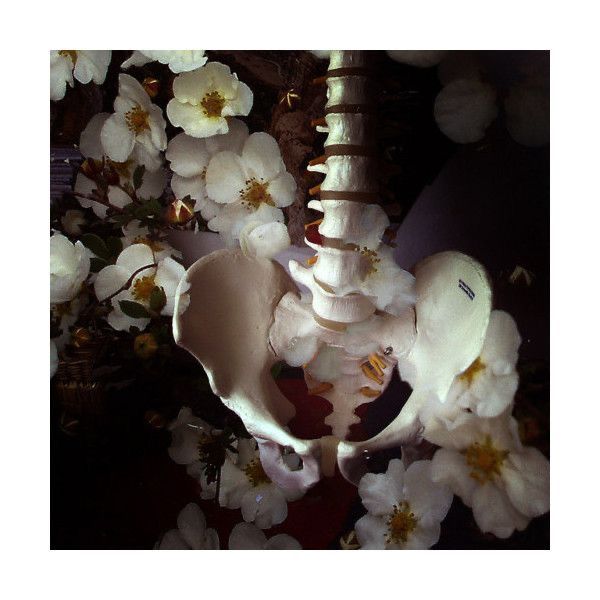
Bone mapping is a somatic method that invites us to slow down and pay attention to the structure beneath everything else: our bones. While we often think of the skeleton as simply physical support, many therapeutic and ancestral frameworks recognize the bones as carriers of implicit memory. Over time, the skeletal system can reflect patterns of bracing, collapse, vigilance, endurance, and even inherited responses passed through generations. Bone mapping uses gentle touch, somatic awareness, and simple movement to explore what the bones may be holding.
This approach is interdisciplinary. It draws from somatic psychology, trauma-informed practice, dance/movement therapy, expressive arts therapy, Body-Mind Centering®, and osteopathic principles. It also resonates with Indigenous and ancestral perspectives that understand bones as memory-holders, as well as research on intergenerational trauma, proprioception, and the nervous system. Together, these fields point to the same idea: the bones can reflect personal history, family history, and survival strategies that have become part of the body’s structure.
In practice during a bone mapping exploration participants are guided to notice sensations, temperature, density, or instinctive movements that arise when touching or focusing on a specific bone or region. Over time, this awareness helps people identify long-standing patterns. And the body often begins to reorganize itself with more ease. Bone mapping is a simple but powerful way to reconnect with the body’s intelligence and create space for new ways of moving and being.